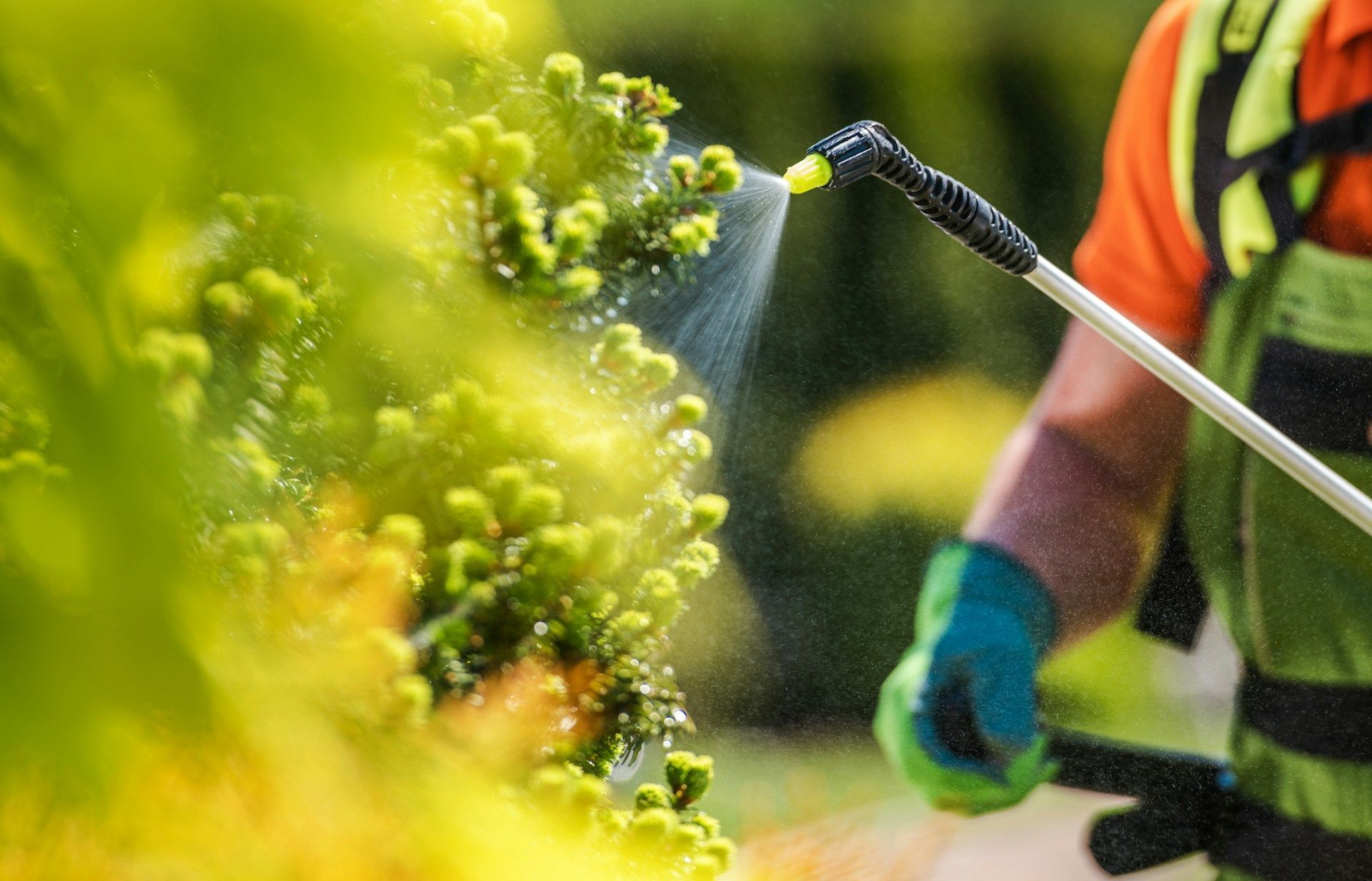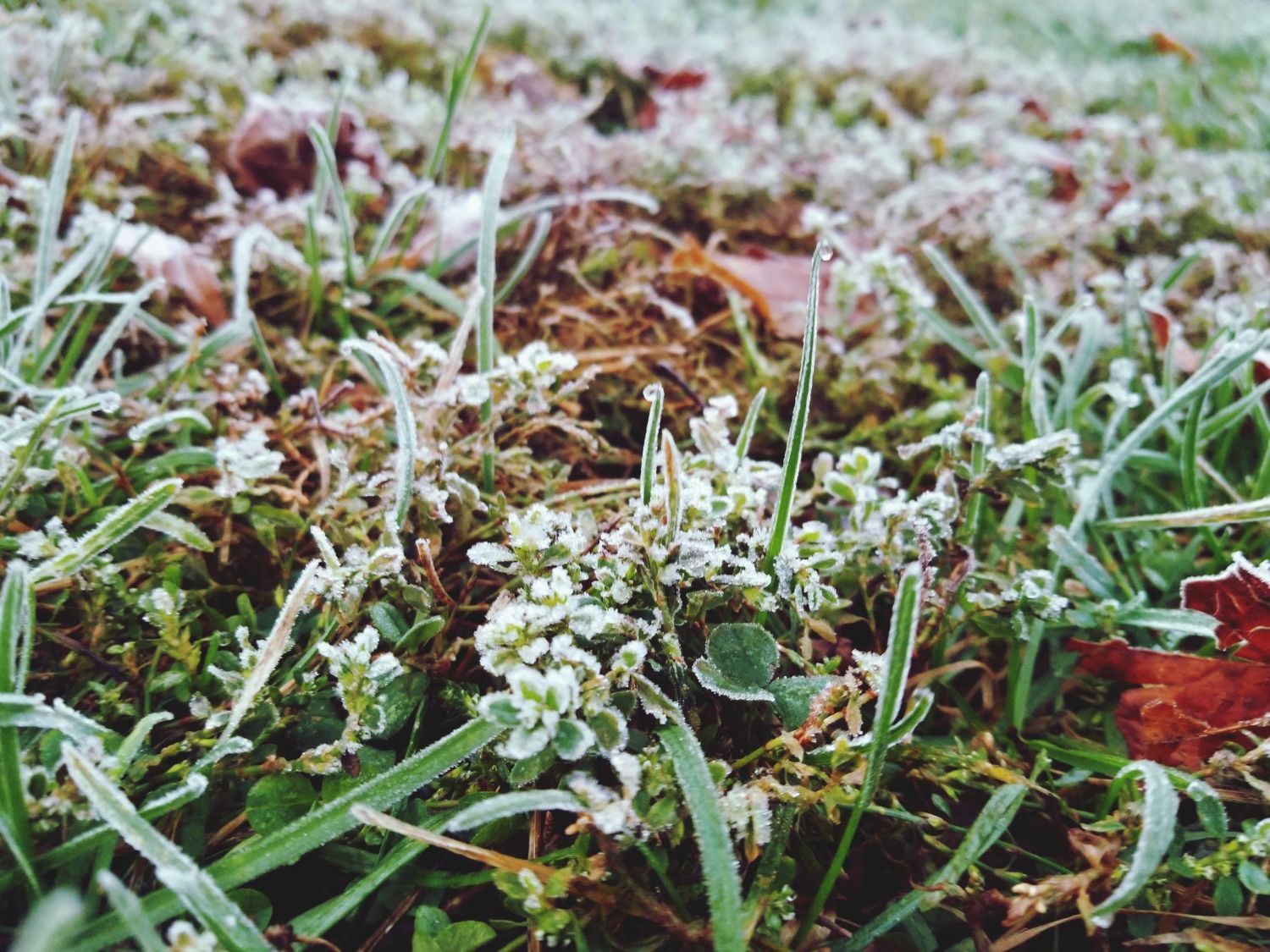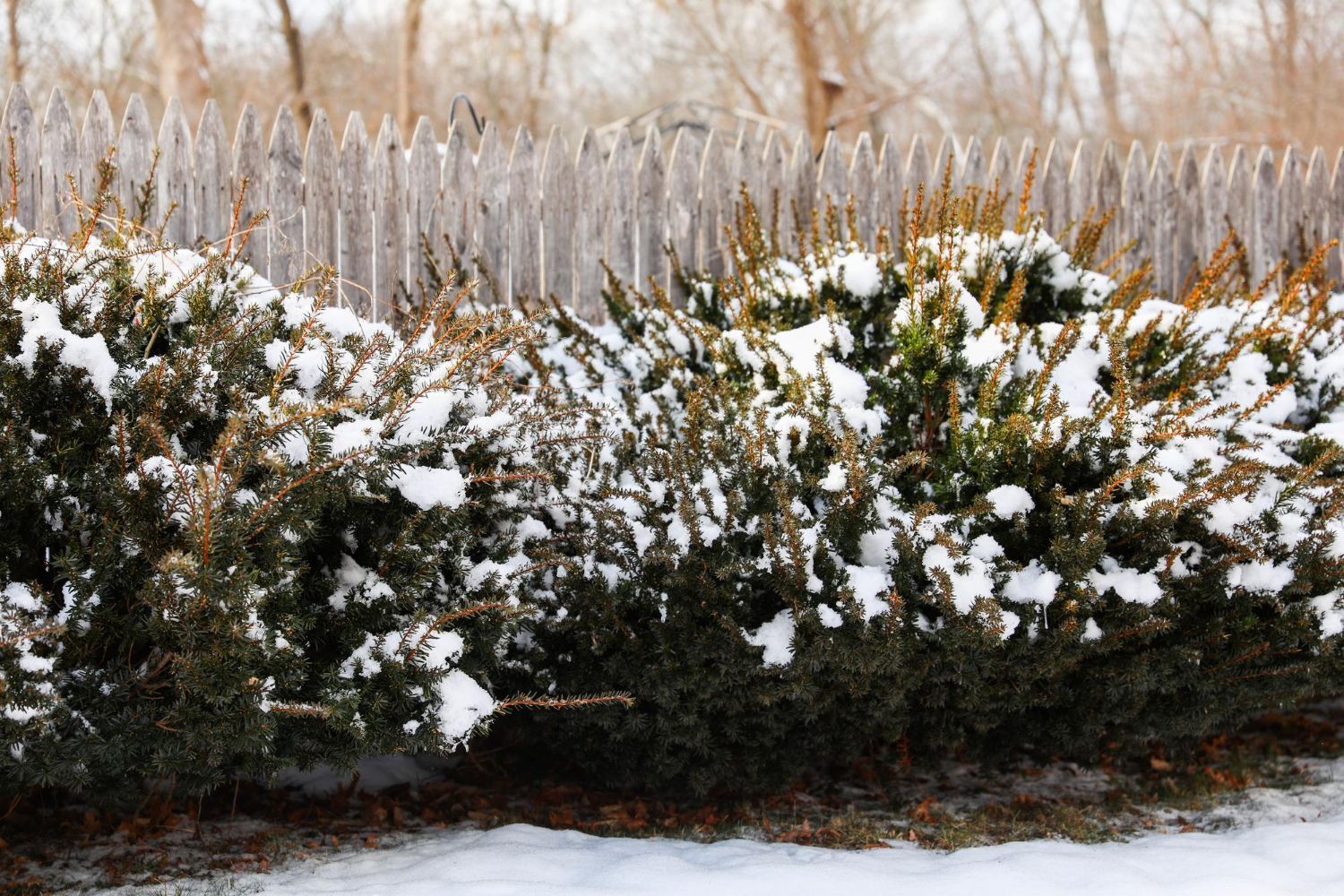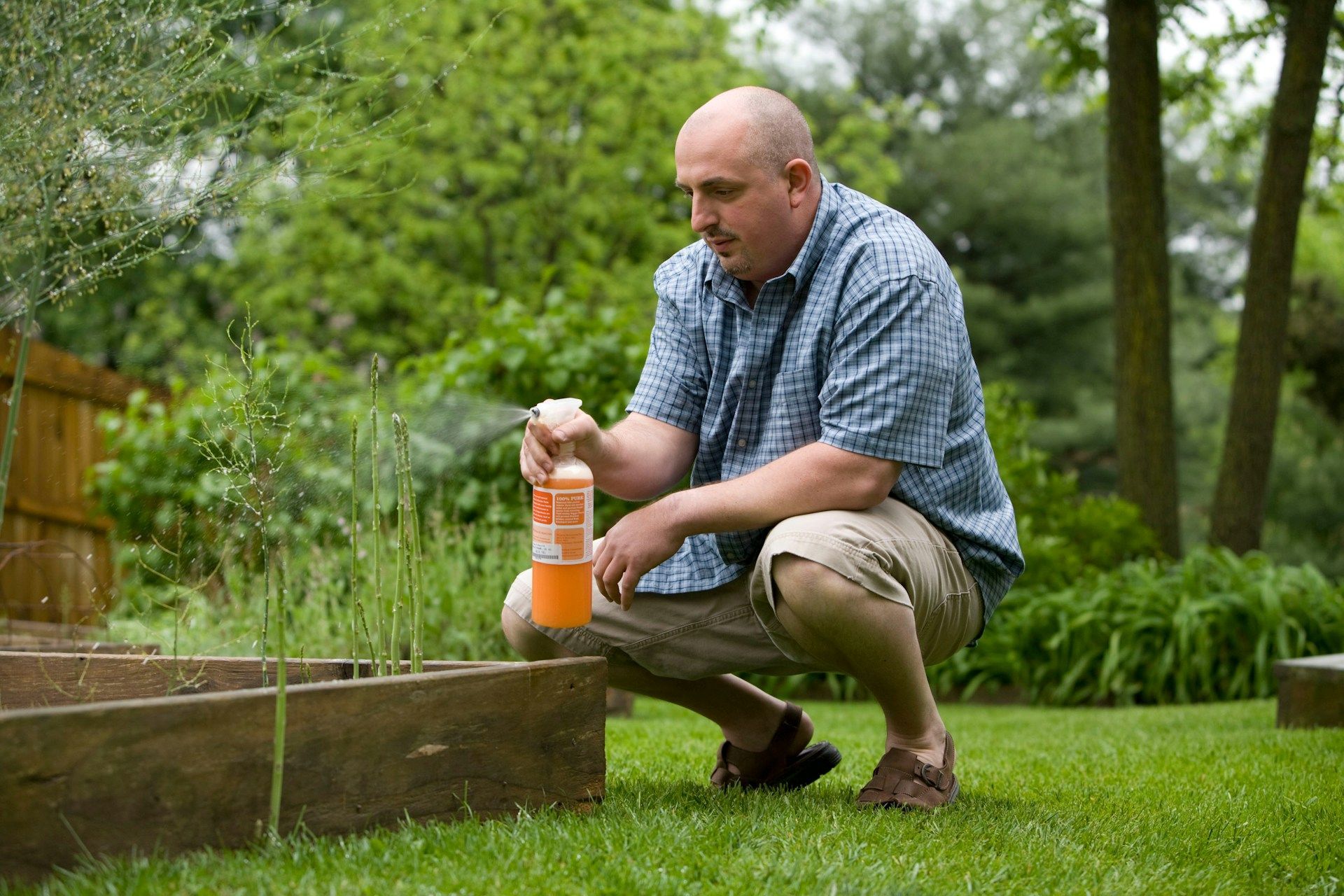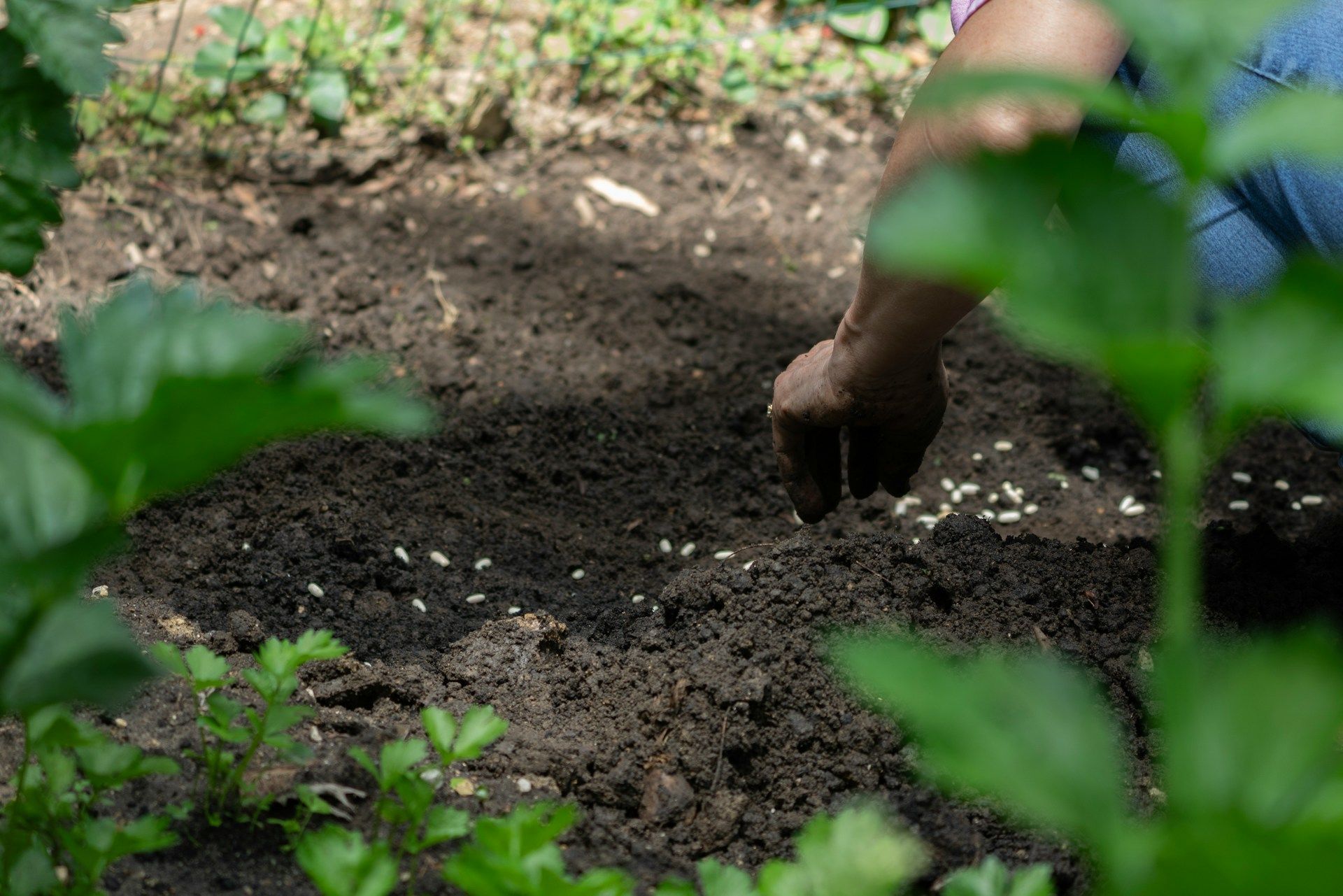What Our Customers Are Saying
Effective Perimeter Pest Control Tips for Homeowners
Dealing with pests around your home can be frustrating. These unwanted invaders can threaten your comfort and safety. We need practical solutions to keep these critters away from our homes and maintain a clean environment.
Choosing the right perimeter pest control methods can make a big difference. With the right strategies, creating an invisible barrier that keeps pests at bay is possible. Perimeter pest control involves a mix of vigilant monitoring and effective treatments. Knowing which pests to look out for and how to treat them can make our homes much less inviting to insects and other unwanted visitors.
In this article, we will explore effective ways to identify common perimeter pests, set up protective barriers, and make informed choices between natural and chemical solutions. Understanding these methods will help us keep our homes safe and pest-free.
Common Perimeter Pests and How to Identify Them
Our homes can host a variety of pests that find their way indoors through the perimeter of our property. Identifying these common perimeter pests is the first step in effective pest control. Ants are some of the most frequent visitors, often marching in lines towards food sources. They can invade through small cracks and gaps around windows and doors. Spiders are another common pest that finds its way inside, typically looking for a dark, undisturbed place to spin their webs.
Rodents, such as mice and rats, can also breach our home’s perimeter, squeezing through tiny openings. Their droppings and gnaw marks are telltale signs of an infestation. Cockroaches are another problematic pest, known for their ability to multiply quickly and hide in small crevices. Recognizing these pests and understanding their entry points can help us take immediate action to protect our homes.
Creating an Effective Barrier: Best Practices for Home Protection
To keep perimeter pests out, creating an effective barrier around our homes is essential. Start by sealing cracks and gaps around windows, doors, and the foundation with caulk or weatherstripping. Regularly inspect areas where utility lines enter the home and seal any openings. Installing door sweeps on exterior doors can also prevent pests from sneaking in underneath.
Another crucial practice is keeping the perimeter of our homes clean. Clear away any debris, leaves, and wood piles that can provide hiding spots for pests. Trim back bushes and trees that come into contact with the house to eliminate potential bridges for ants and other insects. Regularly check and clean gutters to prevent moisture buildup, which can attract pests like mosquitoes and termites.
By combining these best practices, we can establish a strong defense against perimeter pests and keep our homes secure from these unwanted intruders. Maintaining a vigilant approach will help ensure that our efforts remain effective year-round.
Natural Remedies vs. Chemical Solutions: What Works Best?
Regarding controlling perimeter pests, we have two main options: natural remedies and chemical solutions. Natural remedies involve using ingredients and methods that are less harmful to the environment. For example, diatomaceous earth is a natural powder that can be spread around the home’s perimeter to deter insects like ants and cockroaches. Additionally, essential oils such as peppermint and eucalyptus can repel pests; simply mix them with water and spray them around windows and doors.
However, natural remedies might not always be effective for severe infestations. In such cases, chemical solutions may be necessary. Chemical insecticides are designed to eliminate pests quickly and can be applied as sprays, granules, or baits. These products can provide fast results, especially for persistent problems like rodent infestations or ant colonies. Yet, using these chemicals carefully is important to avoid harming beneficial insects, pets, or even ourselves.
Deciding between natural remedies and chemical solutions depends on the severity of the pest problem and our commitment to environmental safety. Sometimes combining both methods provides the best results for a pest-free home.
Maintenance Tips for Long-Term Perimeter Pest Control
Preventing pest problems is easier than dealing with infestations repeatedly. Regular maintenance is key to keeping pests away from our homes. Start by inspecting the perimeter monthly for any new cracks or gaps and sealing them immediately. This simple task helps stop pests before they enter.
Maintaining a clean yard is just as important. Rake leaves, remove weeds, and dispose of trash properly to eliminate hiding places for pests. Keep mulch and other organic materials away from the home's foundation, as these can attract insects and rodents. Routine trimming of shrubs and trees will also prevent pests from using them as entry points into the house.
Consistency in these maintenance tasks ensures that our initial efforts to create a barrier against pests remain effective over time. By staying vigilant, we can enjoy a pest-free environment all year round.
Final Thoughts
By understanding common perimeter pests and learning how to identify them, we can take the first step toward protecting our homes. Creating practical barriers and using the right combination of natural and chemical solutions keeps pests at bay. Regular maintenance ensures our homes stay secure from infestations.
At Healthy Lawn, we are committed to protecting your lawn and home from pests. Our professional team provides expert services tailored to your needs. Contact us today to learn more about how we can help you maintain a pest-free environment. Let Healthy Lawn take care of your
perimeter pest control needs so you can enjoy peace of mind and a healthy home environment.


